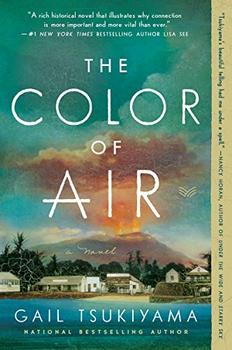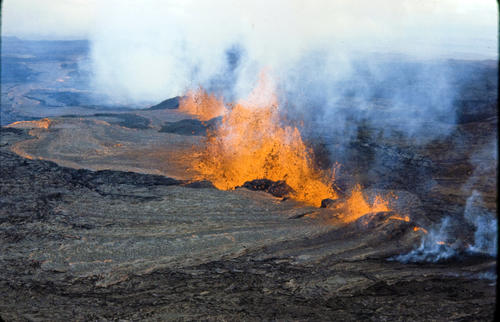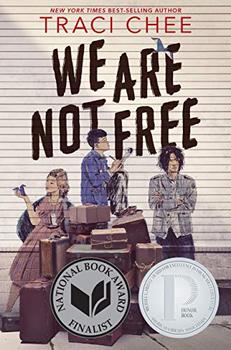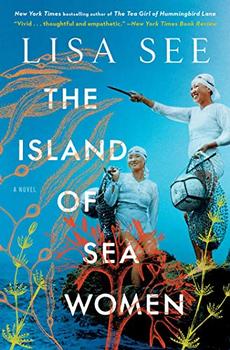Summary | Excerpt | Reviews | Beyond the book | Read-Alikes | Genres & Themes | Author Bio

From the New York Times bestselling author of Women of the Silk and The Samurai's Garden comes a gorgeous and evocative historical novel about a Japanese-American family set against the backdrop of Hawai'i's sugar plantations.
Daniel Abe, a young doctor in Chicago, is finally coming back to Hawai'i. He has his own reason for returning to his childhood home, but it is not to revisit the past, unlike his Uncle Koji. Koji lives with the memories of Daniel's mother, Mariko, the love of his life, and the scars of a life hard-lived. He can't wait to see Daniel, who he's always thought of as a son, but he knows the time has come to tell him the truth about his mother, and his father. But Daniel's arrival coincides with the awakening of the Mauna Loa volcano, and its dangerous path toward their village stirs both new and long ago passions in their community.
Alternating between past and present―from the day of the volcano eruption in 1935 to decades prior―The Color of Air interweaves the stories of Daniel, Koji, and Mariko to create a rich, vibrant, bittersweet chorus that celebrates their lifelong bond to one other and to their immigrant community. As Mauna Loa threatens their lives and livelihoods, it also unearths long held secrets simmering below the surface that meld past and present, revealing a path forward for them all.
Flashbacks to the past and multiple perspective changes help to reinforce the characters' bonds both to each other and to the land around them. Initially, this can call for a little patience as you make sense of the many connections between supporting characters and slot everyone into the bigger picture. Once this happens, however, it's a book that is easy to fly through. Offering fascinating insight into a slice of Hawaii's cultural and natural history, and a poignant look at the unique brand of love that endures for the community that raised you, The Color of Air is a novel that is all the more powerful for its understated approach to big themes and ideas...continued
Full Review
(513 words)
This review is available to non-members for a limited time. For full access,
become a member today.
(Reviewed by Callum McLaughlin).
 Mauna Loa comprises more than half the landmass of the Big Island, the largest in the chain of islands that make up the state of Hawaii. The world's largest active volcano, it stands at 13,678 feet above sea level but reaches an astonishing 30,000 feet from the seafloor. To put this into perspective, this makes Mauna Loa's total height greater than that of Mount Everest, and amounts to such a vast size that the ocean floor actually bends beneath its weight.
Mauna Loa comprises more than half the landmass of the Big Island, the largest in the chain of islands that make up the state of Hawaii. The world's largest active volcano, it stands at 13,678 feet above sea level but reaches an astonishing 30,000 feet from the seafloor. To put this into perspective, this makes Mauna Loa's total height greater than that of Mount Everest, and amounts to such a vast size that the ocean floor actually bends beneath its weight.
Mauna Loa is categorized as a "shield volcano," recognizable for their broad, gently sloping mounds as opposed to sharp peaks. This is caused by high-volume lava flows that travel long distances from the point of eruption, snaking across the earth and solidifying over time to form the...
This "beyond the book" feature is available to non-members for a limited time. Join today for full access.

If you liked The Color of Air, try these:

by Traci Chee
Published 2022
"All around me, my friends are talking, joking, laughing. Outside is the camp, the barbed wire, the guard towers, the city, the country that hates us.
We are not free.
But we are not alone."

by Lisa See
Published 2020
A new novel from Lisa See, the New York Times bestselling author of The Tea Girl of Hummingbird Lane, about female friendship and family secrets on a small Korean island.
To make a library it takes two volumes and a fire. Two volumes and a fire, and interest. The interest alone will ...
Click Here to find out who said this, as well as discovering other famous literary quotes!